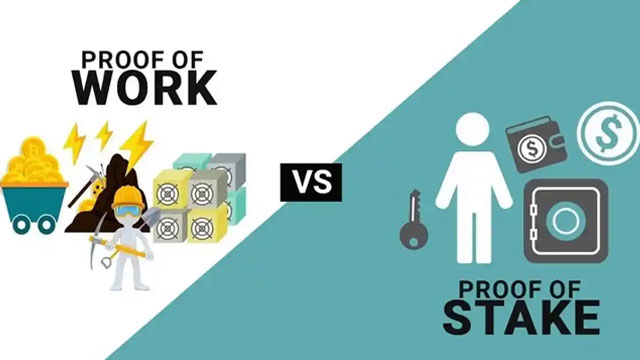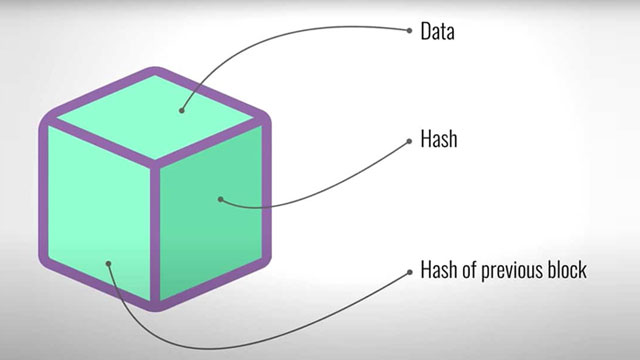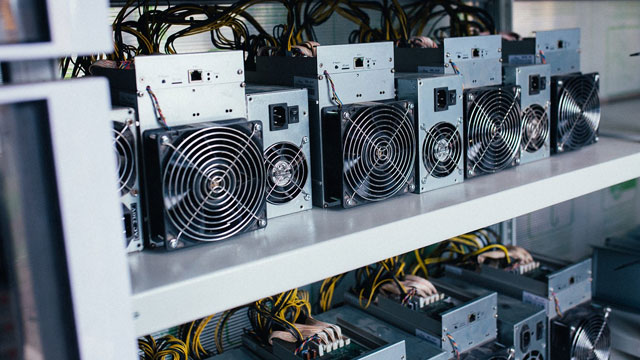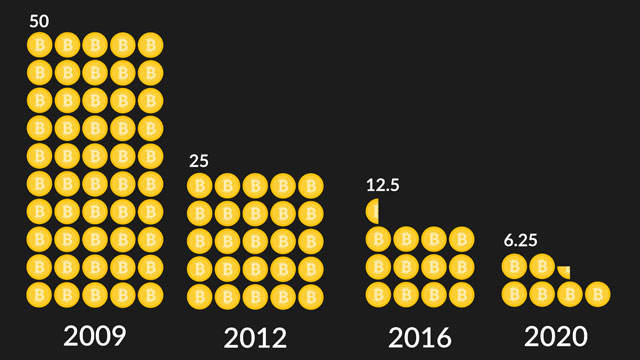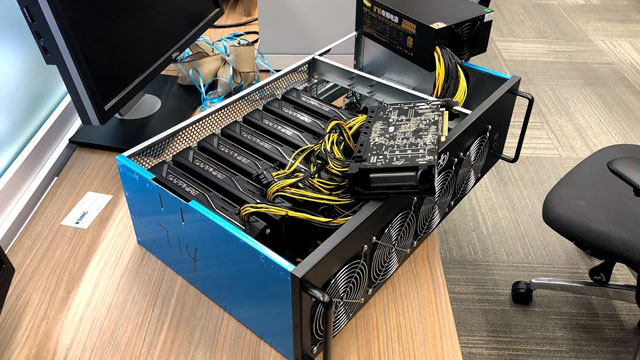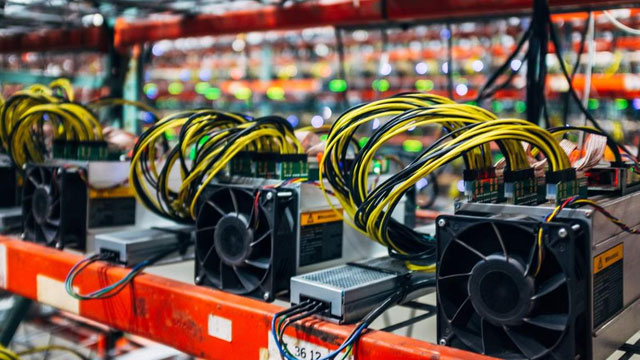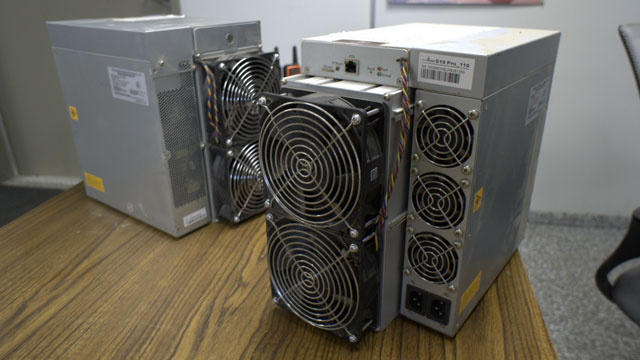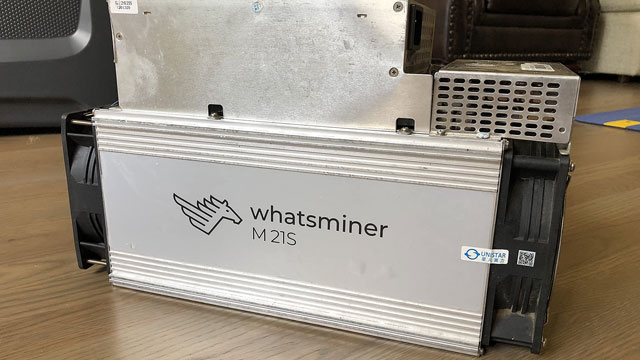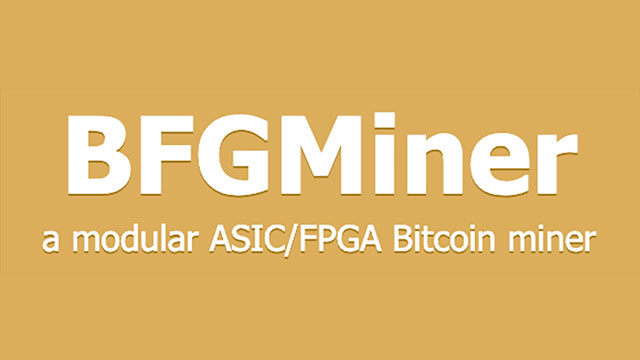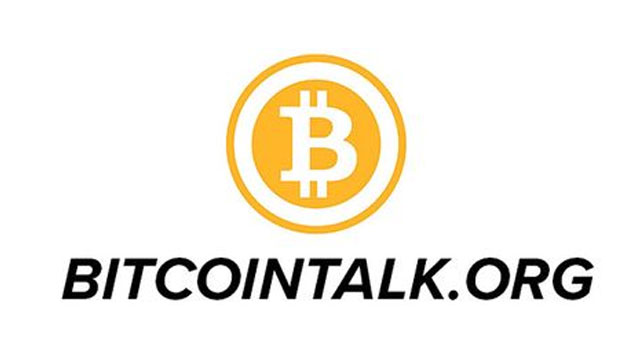To mine Bitcoin on a home computer, you’ll need a powerful processor and a high-end graphics card. You may also need additional cooling to prevent your computer from overheating. However, keep in mind that even the most powerful home computer may not be able to compete with dedicated mining hardware.
What Is Bitcoin Mining?
Bitcoin mining is the process of adding new transactions to the blockchain and verifying them through complex mathematical calculations. Miners compete with each other to solve these cryptographic puzzles, and the first miner to solve the puzzle is rewarded with newly-minted bitcoins as well as transaction fees. The process of mining also helps to secure the network by verifying transactions and preventing fraudulent activity.
The Purpose of Bitcoin Mining
The purpose of Bitcoin mining is twofold: to add new transactions to the blockchain and to provide security for the network. By solving complex mathematical puzzles, miners verify transactions and ensure their accuracy. In addition, mining also helps to secure the network by preventing fraudulent activity and ensuring that no single entity has control over the network. This decentralization is a core feature of Bitcoin and is achieved through the participation of thousands of independent miners.
Proof-of-Work vs Proof-of-Stake Mining
Proof-of-Work (PoW) and Proof-of-Stake (PoS) are two different methods of validating transactions and adding them to the blockchain. PoW is the current consensus mechanism used by Bitcoin, and it involves miners competing to solve complex mathematical problems in order to add new blocks to the blockchain. PoS, on the other hand, involves validators who hold a stake in the network being selected to validate transactions based on the amount of cryptocurrency they hold.
The 10 Terms You Need to Understand When Learning About Bitcoin Mining
Understanding these terms is crucial to effectively learn and engage in Bitcoin mining, as they provide the foundational knowledge necessary to navigate the complex and constantly evolving landscape of cryptocurrency mining. With a solid grasp of these key concepts, you can optimize your mining endeavour, make informed decisions about equipment and mining strategies, and stay up-to-date on the latest developments in the industry.
Node
A computer or server that participates in the Bitcoin network by relaying transactions and blocks to other nodes. Nodes help to ensure the security and decentralization of the network.
Block
A group of Bitcoin transactions that are validated and added to the blockchain by a miner. Each block contains a unique mathematical problem that must be solved to validate the block.
ASIC
Application-Specific Integrated Circuit. A specialized computer chip designed for the sole purpose of mining Bitcoin. ASICs are much more efficient than traditional computers for mining.
Mining Pool
A group of miners who combine their computational power to mine Bitcoin more efficiently. When a block is successfully mined, the reward is distributed among the members of the pool based on their contribution.
Wallet
A digital wallet is used to store Bitcoin and other cryptocurrencies. When a miner earns Bitcoin, it is typically deposited in their digital wallet.
Hash Rate
The speed at which a miner can solve the mathematical problem required to validate a block of transactions. Hash rate is typically measured in hashes per second (H/s), or more commonly in terahashes per second (TH/s).
Difficulty
The difficulty level of mining Bitcoin is adjusted every 2016 blocks to ensure that the average time between blocks is around 10 minutes. The difficulty is adjusted based on the total computational power of the network.
Transaction Fees
Miners earn transaction fees in addition to the block reward for validating transactions. Transaction fees are paid by users to ensure that their transactions are processed quickly.
Reward
The reward for mining a block of Bitcoin transactions is currently 6.25 BTC. This reward is halved every 210,000 blocks, or approximately every four years.
Halving
The process by which the block reward for mining Bitcoin is halved every 210,000 blocks. The most recent halving occurred in May 2020, and the next one is expected to occur in 2024.
Ready to Mine? Here’s a step-by-step guide on how to mine Bitcoin on a home computer
While it’s technically possible to mine Bitcoin on a home computer, it’s generally not recommended as the computational power required for mining has increased significantly in recent years.
The Pitfalls You Need to Avoid if You’re Serious About Bitcoin Mining
For a newcomer to Bitcoin mining, avoiding pitfalls is crucial for success in the field. Bitcoin mining is a complex and rapidly changing industry, and failing to navigate it effectively can result in lost profits, wasted time, and even legal trouble.
Choosing the Wrong Mining Hardware
There are many different types of mining hardware available, each with its own specifications and price point. Choosing the wrong hardware can lead to lower mining efficiency and reduced profitability. It’s important to do your research and choose hardware that is compatible with your mining goals and budget.
Failing to Secure Your Mining Operations
As the value of Bitcoin increases, so does the risk of theft and hacking. If your mining operations are not properly secured, you could be at risk of losing your mined Bitcoin or even having your equipment stolen. Make sure to take proper security measures such as storing your mined Bitcoin in secure wallets, using strong passwords, and securing your physical mining equipment.
Failing to Stay Up-to-Date with the Latest Developments
Bitcoin mining is a constantly evolving field, and failing to stay up-to-date with the latest developments can lead to missed opportunities or even loss of profits. Make sure to regularly read up on the latest news, innovations, and trends in the industry, and be open to adapting your mining strategy as needed. This can help you stay ahead of the curve and remain profitable in the long run.
What Are the Most Important Computer Parts to Mine Bitcoin and Why You Might Want to Purchase a Dedicated ASIC Miner Instead Of Using Your Home Computer
The main differences between using a home computer and an ASIC miner for Bitcoin mining are efficiency and specialization. Home computers are general-purpose machines that are not optimized for Bitcoin mining, which can result in slower mining speeds, higher electricity costs, and a lower likelihood of earning mining rewards. ASIC miners are generally easier to set up than home computers. This is because they are designed specifically for mining, so they often come with pre-installed software and can be easily connected to mining pools.
The Computer Parts That Affect Bitcoin Mining
By ensuring that these components are up to par, you can increase your chances of successfully Bitcoin mining with your home computer.
Graphics Processing Unit (GPU)
The GPU is one of the most important parts of a home computer when it comes to Bitcoin mining. This is because Bitcoin mining requires a lot of computational power, and the GPU can provide this more efficiently than a central processing unit (CPU).
Random Access Memory (RAM)
The amount of RAM in your computer can also impact Bitcoin mining performance. This is because mining software requires a significant amount of memory to run effectively, and more RAM can help to speed up mining processes.
Cooling System
Bitcoin mining can generate a lot of heat, so it’s important to have an effective cooling system in place to prevent overheating and damage to your computer components. This can include a high-quality fan or liquid cooling system.
Power Supply Unit (PSU
Bitcoin mining can be power-intensive, so it’s important to have a high-quality PSU that can provide enough power to run your mining hardware effectively.
Internet Connection
A fast and stable internet connection is also important for Bitcoin mining, as mining software needs to communicate with the Bitcoin network in real-time.
Reasons Why You Might Want to Purchase an ASIC Miner
Purchasing an ASIC miner can be a more cost-effective and efficient option in the long run.
Efficiency
ASIC miners are specifically designed for Bitcoin mining and are much more efficient than general-purpose home computers. This means they can mine Bitcoin more quickly and with less energy, resulting in lower electricity costs.
Hash Rate
ASIC miners have a higher hash rate than home computers, meaning they can perform more calculations per second. This translates to a higher likelihood of solving the complex mathematical problems required to mine Bitcoin and earning mining rewards.
Longevity
ASIC miners are built to last and can run for years without needing to be replaced or upgraded. Home computers, on the other hand, may need to be upgraded frequently to keep up with the demands of Bitcoin mining, which can be costly over time.
Maintenance
ASIC miners require less maintenance than home computers, as they are built specifically for mining and are less likely to experience technical issues. This means less time and money spent on repairs and maintenance.
Scalability
If you want to increase your Bitcoin mining output, it’s much easier and more cost-effective to scale up with ASIC miners than with home computers. You can simply purchase additional ASIC miners and connect them to your existing mining operation, whereas adding more home computers can quickly become expensive and complicated.
These Are Some the Easiest to Setup ASIC Miners; Buy a From a Reputable Seller With Good Customer Support!
It’s important to do your own research and compare different ASIC miners based on factors such as price, hash rate, power consumption, and ease of use. Additionally, it’s worth considering purchasing an ASIC miner from a reputable seller with good customer support, as this can help ensure a smoother and more successful mining experience.
Most Powerful
The Bitmain Antminer S19 is one of the most powerful and efficient ASIC miners available, with a hash rate of up to 110 TH/s and power consumption of 3,250 watts. It is relatively easy to set up and can mine a variety of different cryptocurrencies in addition to Bitcoin.
Most Affordable
The MicroBT Whatsminer M21S ASIC miner has a hash rate of up to 56 TH/s and power consumption of 3,200 watts, making it a more affordable option for newcomers to Bitcoin mining. It is also relatively easy to set up and features a user-friendly interface.
Best of Both Worlds
The MicroBT Whatsminer M30S ASIC miner has a hash rate of up to 86 TH/s and power consumption of 3,350 watts, making it another powerful and efficient option for Bitcoin mining. It also features a user-friendly interface and can be easily integrated with mining pools.
The Best Mining Software for You Will Depend On Your Specific Needs and Preferences
When choosing a mining software, it’s important to consider factors such as compatibility with your mining hardware, features, and ease of use. Look for software that is compatible with your mining hardware and has the features you need to optimize your mining performance. Consider the ease of use and user-friendliness of the software, as well as any fees associated with using it.
CGMiner
This is a popular open-source mining software that is compatible with most mining hardware. It’s relatively easy to set up and configure, and it has a range of features that allow you to optimize your mining performance.
EasyMiner
This is another open-source mining software that is designed to be user-friendly and easy to use. It has a graphical user interface (GUI) and supports both solo and pool mining.
BFGMiner
This is a modular mining software that supports a wide range of mining hardware and allows you to customize your mining settings. It’s relatively easy to use, but may require a bit more technical knowledge than some of the other options.
MultiMiner
This is a desktop application that allows you to switch between different mining hardware and cryptocurrencies. It has a simple and intuitive interface and is designed to be easy to use for beginners.
BitMinter
This is a mining software designed specifically for ASICs. It has a user-friendly interface and is easy to set up and also has a built-in mining pool, which can be helpful for newcomers who want to join a pool.
A Few Good Resources To Start
There are several reputable online forums and communities dedicated to Bitcoin mining, where you can find valuable information, ask questions, and connect with other miners. It’s important to always exercise caution when taking advice from online sources and to do your own research to verify the information you find. However, these forums can be valuable resources for learning about Bitcoin mining and connecting with other miners.
Bitcoin.org
This is the official website of the Bitcoin project and provides a wealth of information on how Bitcoin works, including mining. The site includes detailed guides and resources for beginners, as well as more advanced technical information for experienced miners.
BitcoinTalk.org
This is a popular online forum where Bitcoin enthusiasts can discuss a variety of topics related to Bitcoin, including mining. The forum includes threads on mining software, hardware, and profitability, as well as discussions on the latest news and developments in the industry.
Reddit’s r/BitcoinMining
This is a subreddit dedicated specifically to Bitcoin mining. It’s a great place to ask questions, share your mining experiences, and stay up-to-date on the latest developments in the world of Bitcoin mining.
YouTube
There are many video tutorials available on platforms like YouTube that can guide you through the process of setting up a cryptocurrency wallet. Just be sure to watch videos from people using some of the most trusted wallets and not and not promoting some dubious ones.


